HISTORY
Situated about 4.5 miles from downtown Pittsburgh, Morningside was annexed to the city in 1868. The area, named after the Morningside Valley that gives the neighborhood its unique topographic shape, was mostly farmland at the time of annexation. In fact, only a few small homes existed in the neighborhood before 1900. Three large dairy farms and a vegetable farm stretched from Martha Street all the way to Stanton Avenue.
The neighborhood began to evolve in the early 1900s. By then, there were about 80 houses, but major shifts in development were just around the corner. The Pittsburgh Railway built a streetcar line on Chislett Street in 1906 and suddenly, a robust residential area blossomed around it.
Undesirable conditions like pollution and overcrowding prompted residents to migrate to Morningside from other areas of Pittsburgh. By 1921, the original Morningside Community Association had over 400 members in 1921 and between 1924 and 1928 alone, 600 houses were built in the neighborhood. Morningside was coming alive.
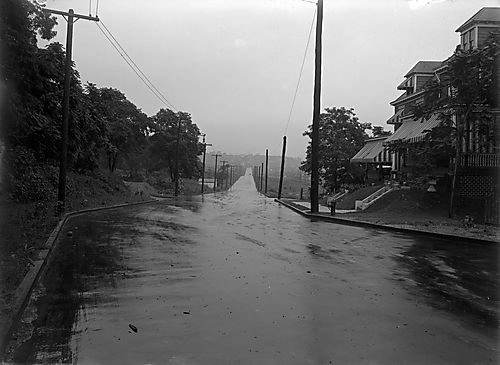
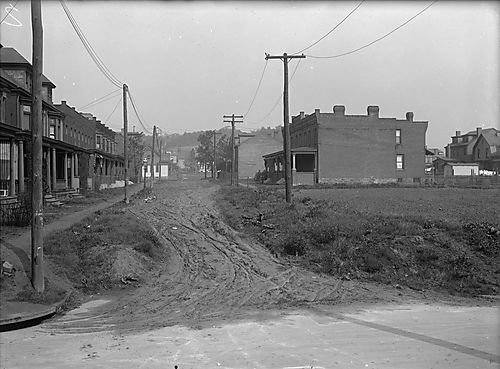
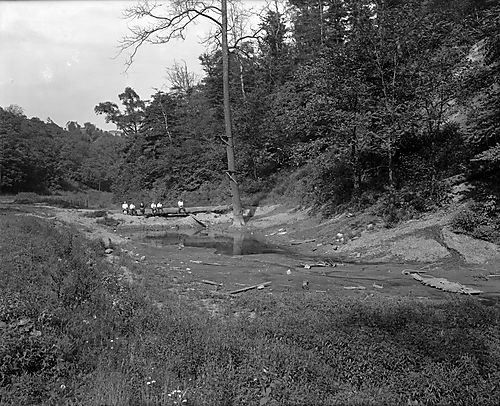
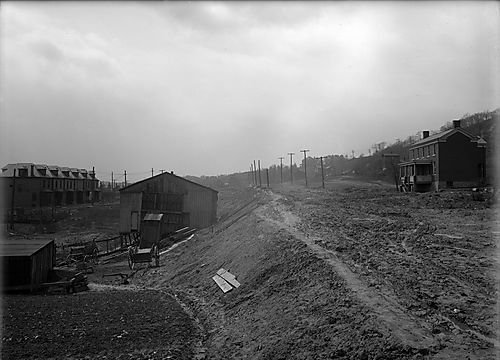
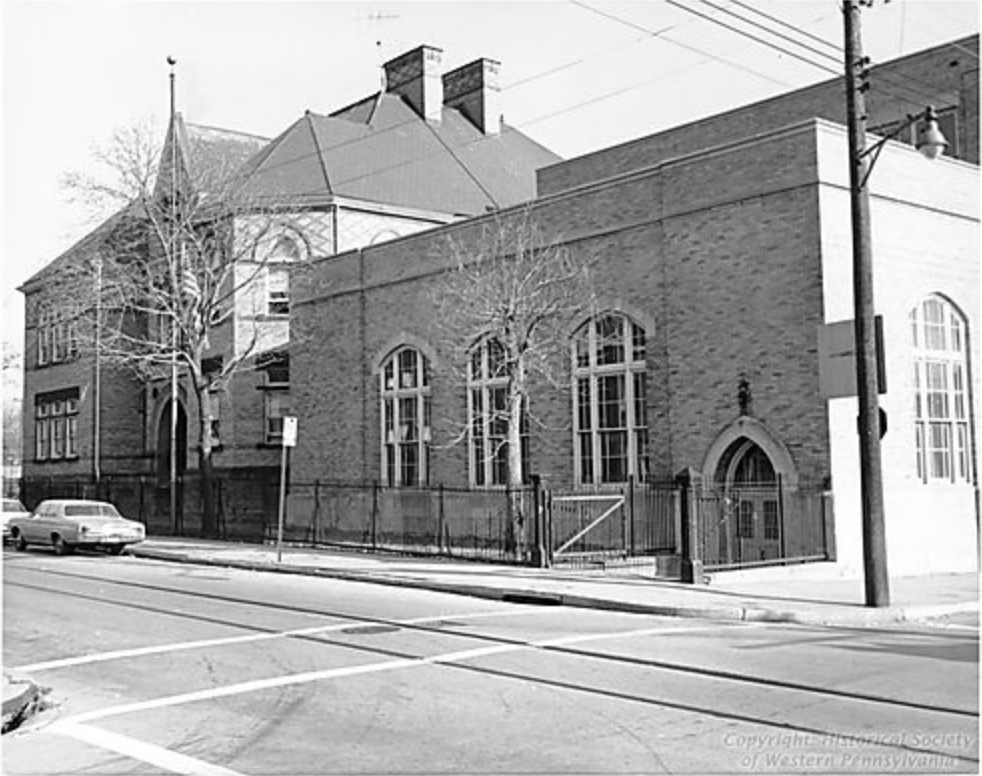
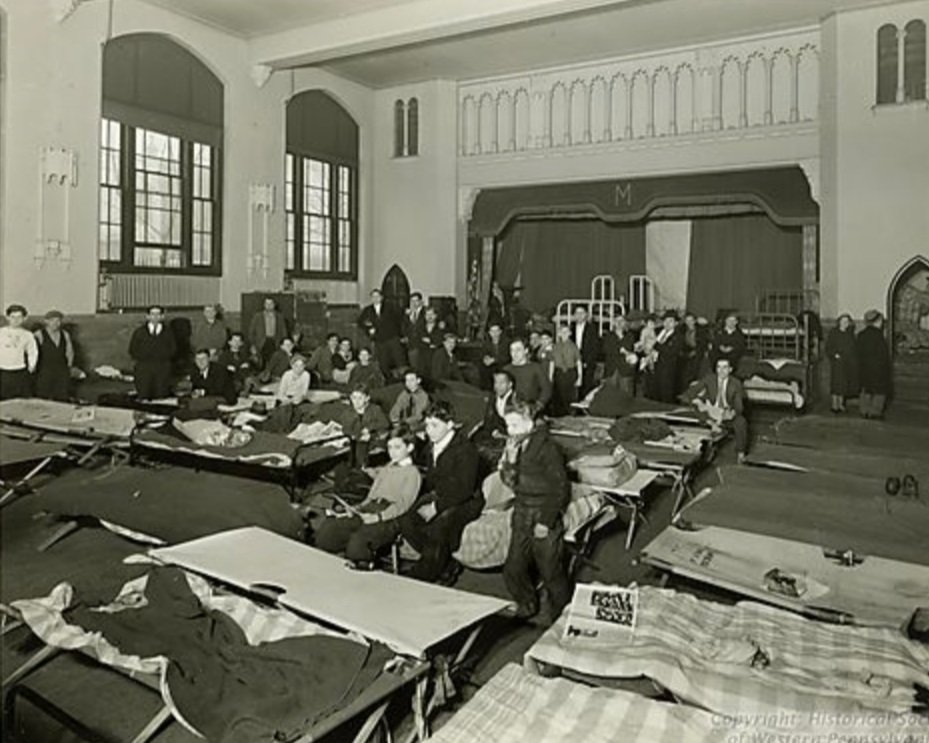
Morningside found many of its new residents from nearby Lawrenceville and Millvale and the neighborhood began to get a bit of a reputation for being the place to go for upwardly mobile middle class Pittsburgers. A priest from Lawrenceville was quoted as saying, "as soon as Lawrencevillers learn to eat pie with a fork they move to Morningside."
Up until the 1940s, most of the new Morningsiders were Protestants of English, German, Irish, or Scottish heritage. There were also a significant number of residents of the Jewish faith. After World War II, however, the demographics began to shift and Morningside saw a large influx of Italian immigrants, most of them Catholic. This change fueled the rapid expansion of St. Raphael's church and changed the culture of the neighborhood. Along with Bloomfield, Morningside became a destination for Pittsburgh's Italian families.
As the years progressed, Morningside continued to see growth until it reached its population peak of 6,004 in 1960. While life in Morningside remained mostly stable, it did not completely escape the overall population decline that Pittsburgh experienced during the last half of the 20th century.
Today, Morningside is home to over 3,000 Pittsburgh residents and as our area continues to grow from an influx of new residents to modern Pittsburgh, the neighborhood continues to shift and change as it has since the beginning.



